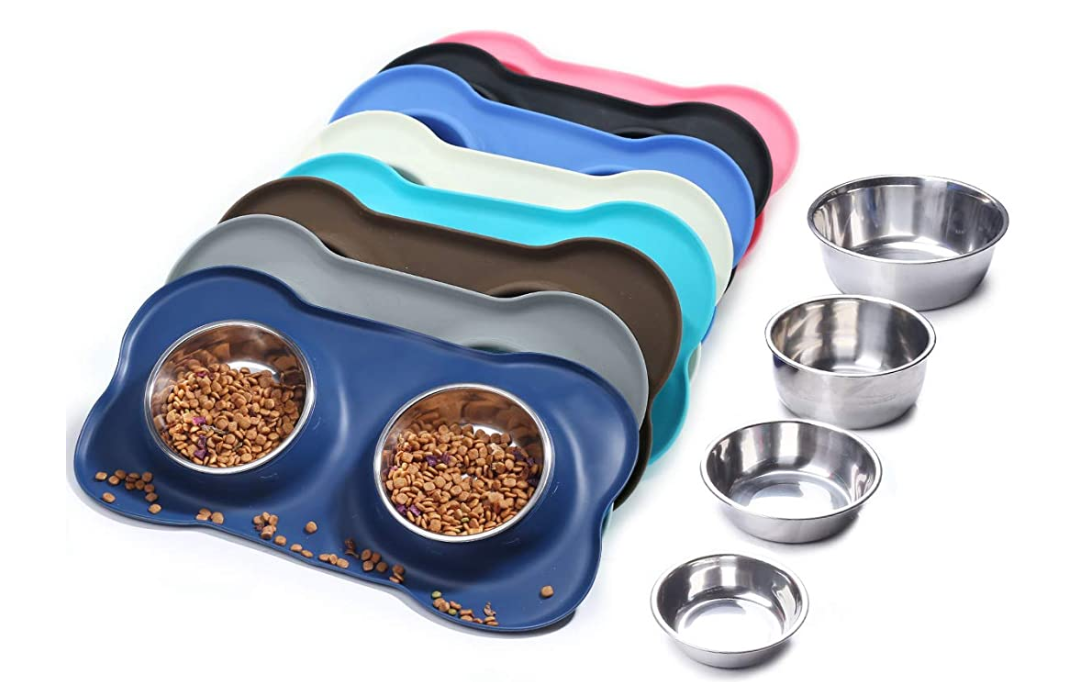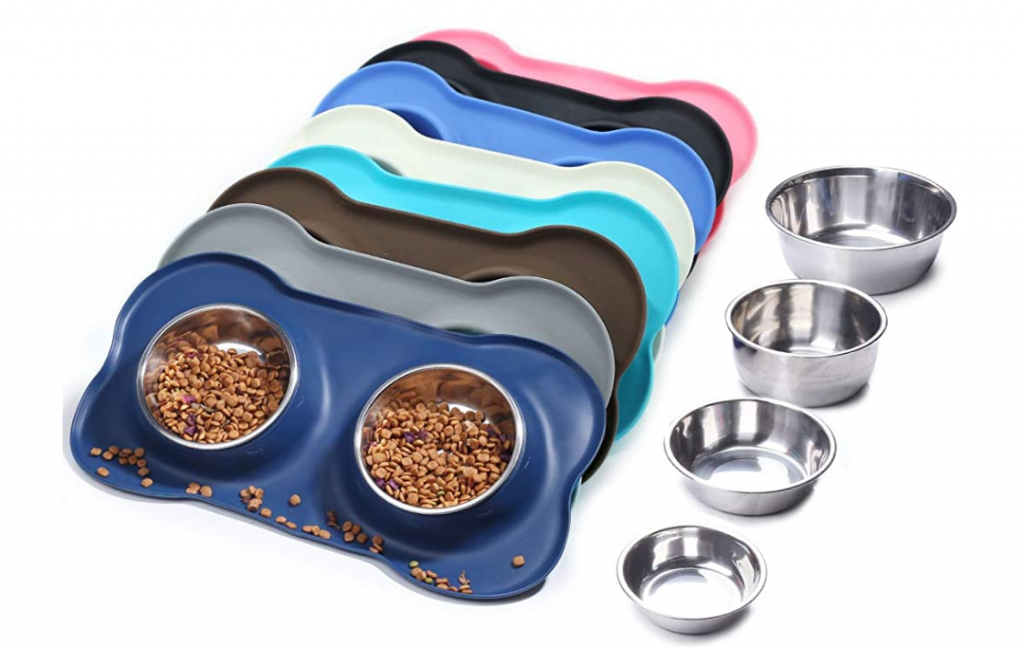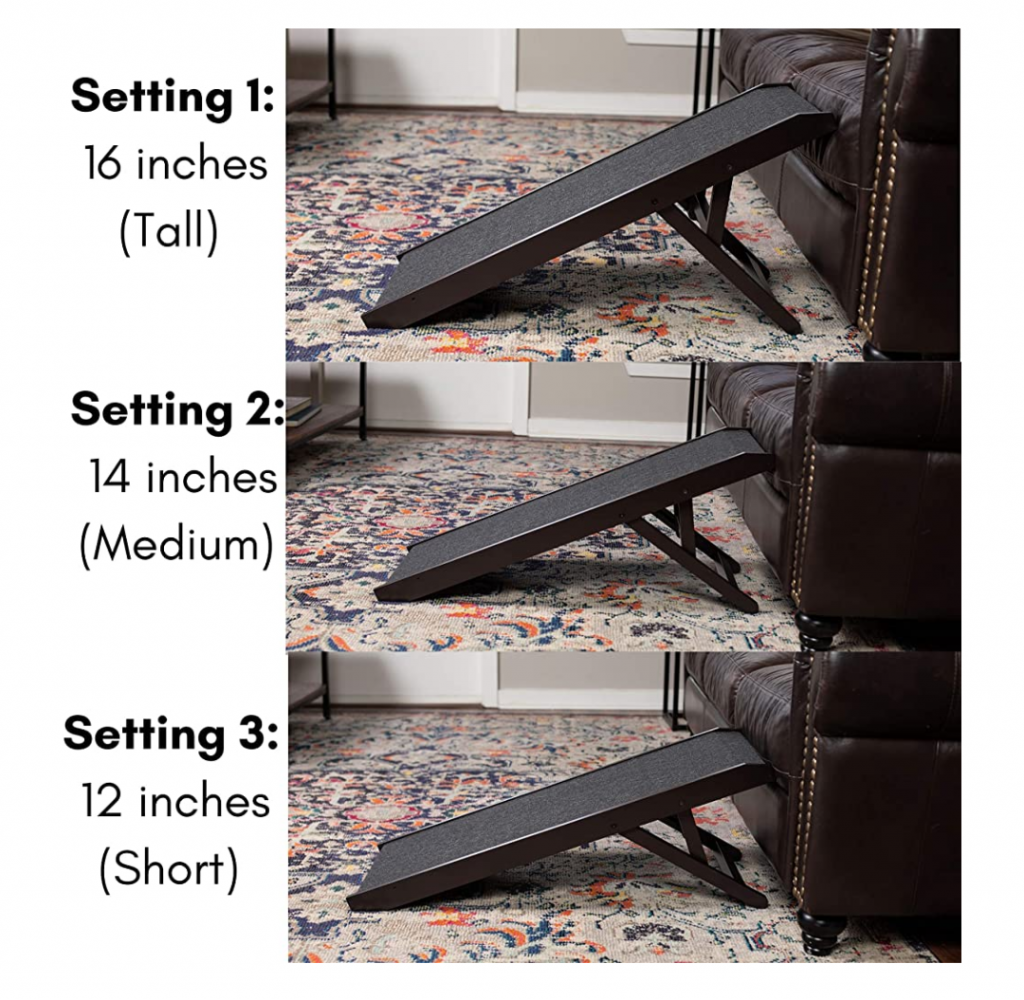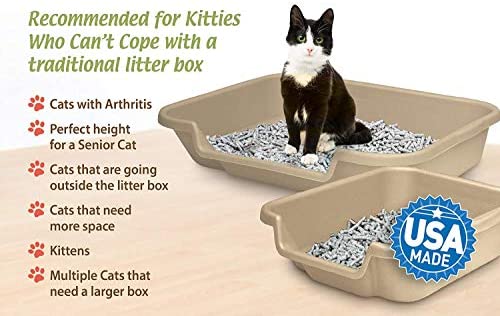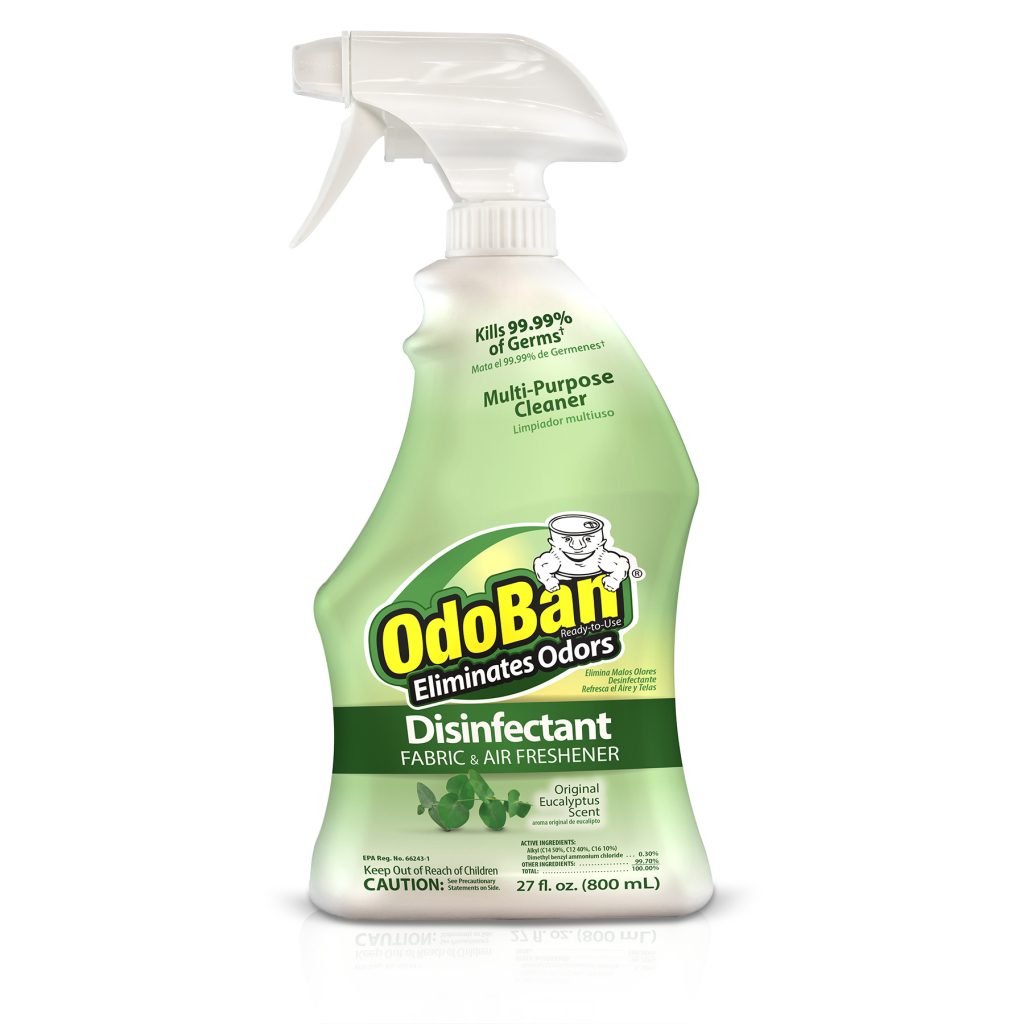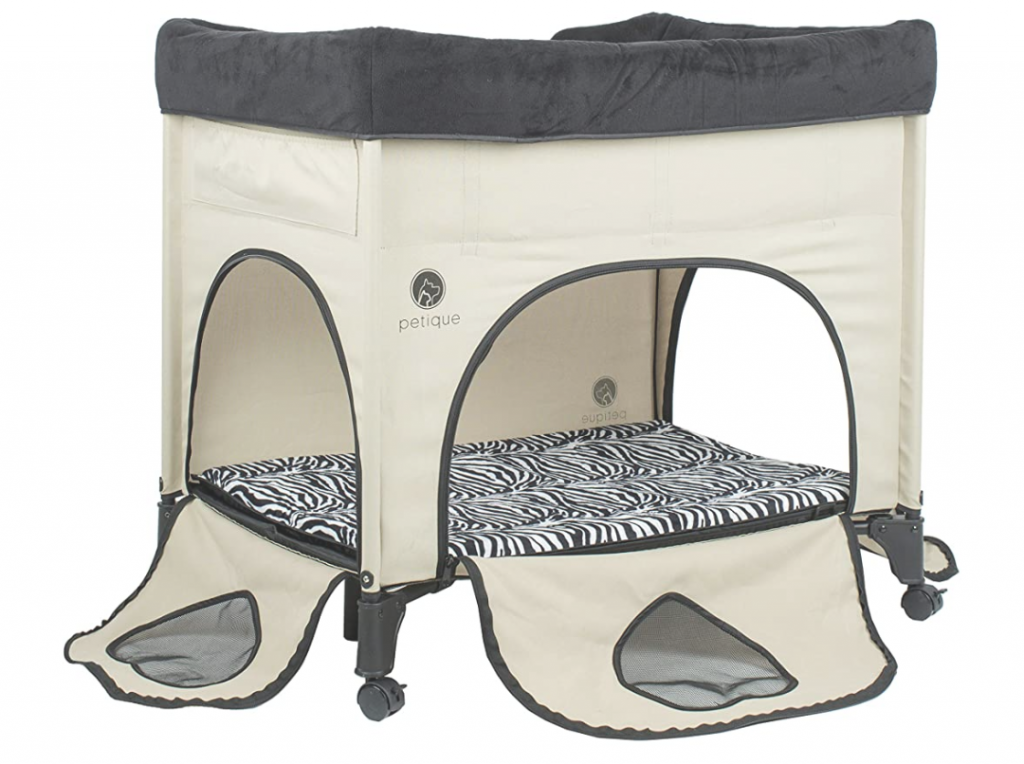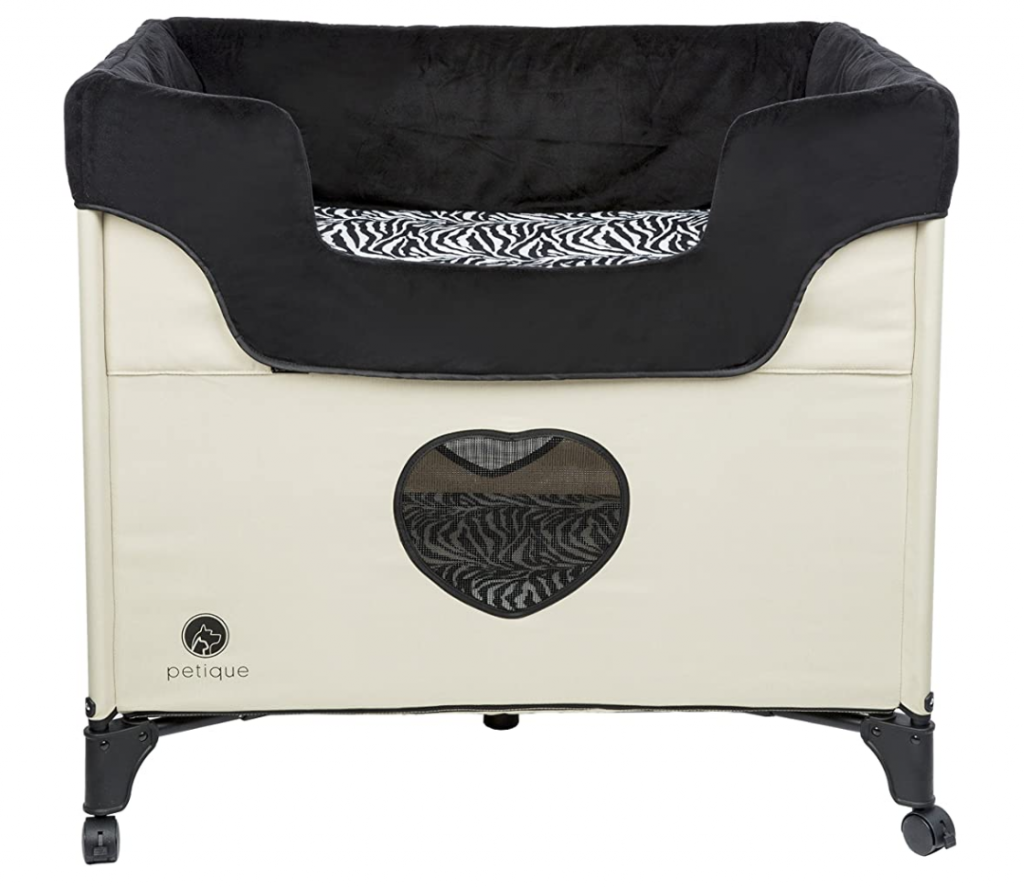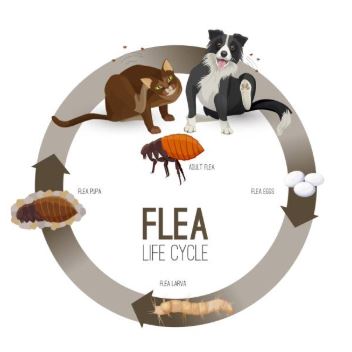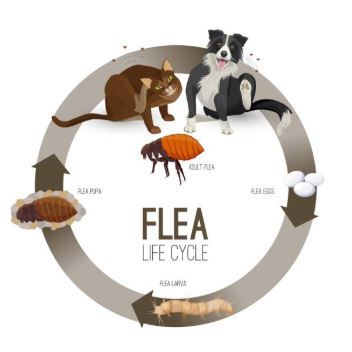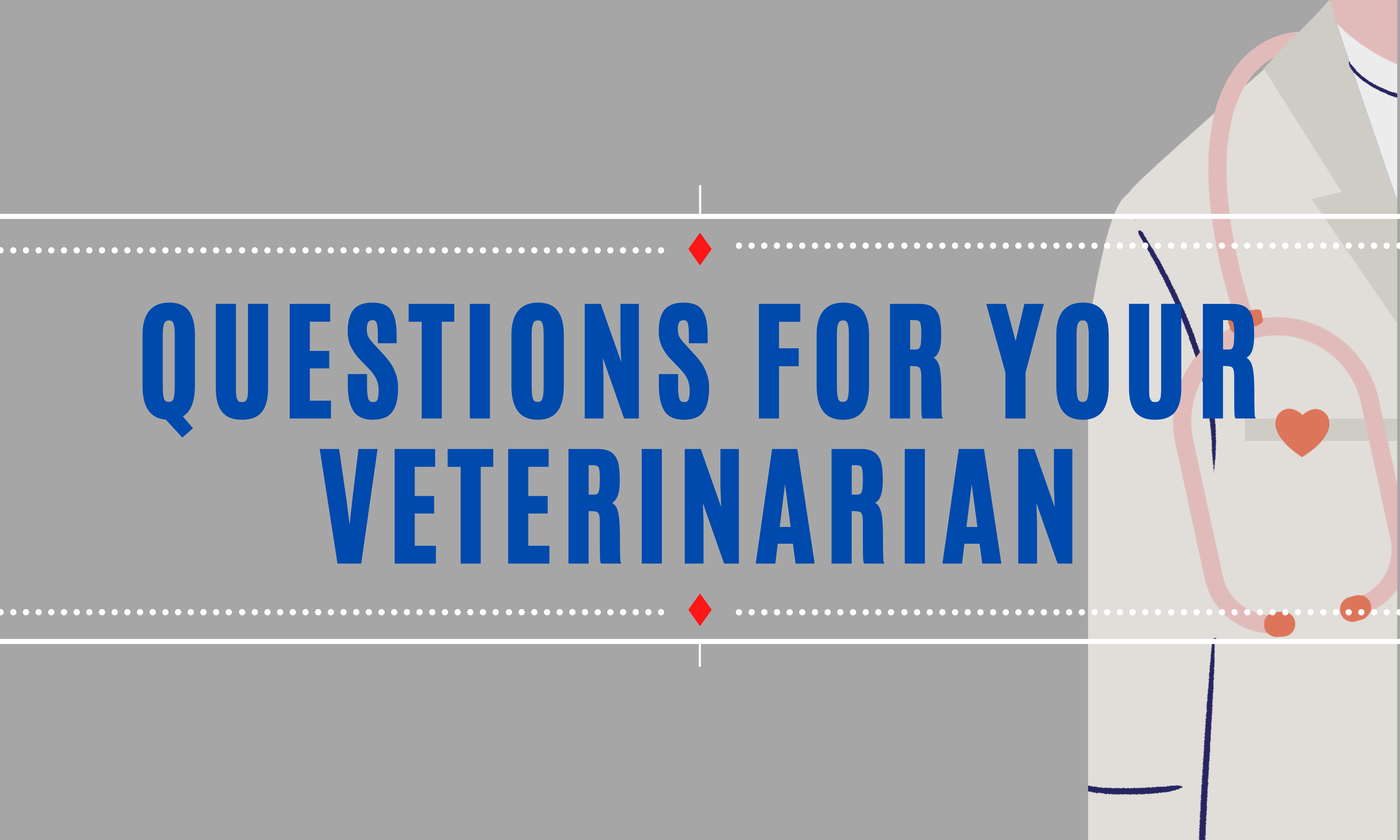Bloodwork & Your Cat

Bloodwork is recommended yearly to monitor for any changes/potential concerns as well as prior to any surgeries or procedures requiring anesthesia! Talk to your veterinarian about having bloodwork completed on your pet or if you have any questions about having bloodwork ran on your pet!
GLUCOSE is a blood sugar. Elevated levels can indicate diabetes mellitus, but in cats, mildly elevated levels can also just indicate stress. Low levels can happen with insulin shock or malabsorption syndromes and can cause weakness, seizures, or death.
SERUM UREA NITROGEN (also known as Blood Urea Nitrogen) generally indicates kidney function. An increased level is called azotemia, and can be caused by kidney, liver, and heart disease, urethral obstruction, shock, and dehydration.
SERUM CREATININE is a more specific indicator of kidney function in cats, although it can also be affected by dehydration and urethral obstruction. An increased level without dehydration or urethral obstruction generally indicates kidney disease.
URIC ACID is a nonspecific value in cats, and does not indicate any disease processes.
ALT (Alanine aminotransferase) is a sensitive indicator of active liver damage but doesn’t indicate the cause.
TOTAL BILIRUBIN elevations may indicate liver or hemolytic (red blood cell destruction)disease. This test helps identify bile duct problems in the liver and certain types of anemia.
DIRECT BILIRUBIN elevations are another indication of liver disease and hemolysis.
ALKALINE PHOSPHATASE elevations may indicate liver damage or can also be a result of active bone growth in young kittens. In adult cats, this is especially significant for liver damage.
AST (Asparate aminotransferase) increases are also very nonspecific, and can indicate liver, heart, or skeletal muscle damage.
INDIRECT BILIRUBIN is calculated using the total bilirubin and the direct bilirubin, and is not significant as a diagnostic test.
BUN/CREAT RATIO is calculated using the serum urea nitrogen and the serum creatinine. In some cases, this result can help indicate if azotemia is from dehydration or kidney disease.
CHOLESTEROL is used to supplement diagnosis of hypothyroidism, liver disease, Cushing’s disease, and diabetes mellitus. This is not a prognostic factor for heart disease such as in people.
TRIGLYCERIDES are not a significant value in cats. They can be elevated if the cat has eaten recently, or in some disease processes, but are not a significant diagnostic factor.
CALCIUM deviations can indicate a variety of diseases. Tumors, hyperparathyroidism, kidney disease, and low albumin are just a few of the conditions that alter serum calcium.
PHOSPHORUS elevations are often associated with significant kidney disease, hyperthyroidism, and bleeding disorders.
SODIUM is an electrolyte lost with vomiting, diarrhea, and kidney and Addison’s disease. This test helps indicate hydration status.
POTASSIUM is an electrolyte lost with vomiting, diarrhea, or excessive urination. Decreased levels can be an early indicator of kidney insufficiency. Increased levels may indicate Addison’s disease, dehydration and urethral obstruction. High levels can lead to cardiac arrest.
CHLORIDE is an electrolyte often lost with vomiting and Addison’s disease. Elevations often indicate dehydration.
SERUM PROTEIN indicates hydration status and provides additional information about the liver,kidneys, and infectious diseases.
SERUM ALBUMIN is a protein that helps evaluate hydration, hemorrhage, and intestinal, liver, and kidney disease.
GLOBULIN is calculated from serum total protein and serum albumin. This is a blood protein that often increases with chronic inflammation and certain disease states.
OSMOLALITY CALCULATED is a calculated indicator of hydration status, and can help with interpretation of other blood values.
T4 (ANIMAL THYROXINE) is a thyroid hormone. Decreased levels in cats do not signal hypothyroidism, rather, they can indicate an underlying disease process. Elevated levels indicate hyperthyroidism.
Complete Blood Count (CBC)
WHITE BLOOD COUNT measures the body’s immune cells. Increases or decreases indicate certain diseases or infections.
RED BLOOD COUNT is the number of red blood cells per unit volume of blood. Increases or decreases can indicate dehydration or anemia.
HEMOGLOBIN is the oxygen carrying pigment of red blood cells. Increases or decreases in this number must be interpreted with other blood values.
HEMATOCRIT is probably the most important value of the red blood cells. This value measures the percentage of red blood cells in the blood to detect anemia, dehydration, and can help indicate some disease processes.
MCV (Mean cell volume) is the average red blood cell size. This value can help indicate some disease processes, but must be interpreted with other data.
MCH (Mean cell hemoglobin) is the average amount of hemoglobin per red blood cell. This value can help indicate some disease processes, but must be interpreted with other data.
MCHC (Mean corpuscular hemoglobin concentration) is another value for interpreting hemoglobin concentrations in cells.
RDW (Red blood cell distribution width) elevations can indicate that there is an increased variety in red blood cell sizes. This value should be interpreted along with other red blood cell values.
PLATELET COUNT measures cells that are used in blood clotting.
NEUTROPHILS are a type of white blood cells of the immune system. An elevation or decrease in absolute or total neutrophil counts can indicate a variety of processes including stress, inflammation, infection, or other disease processes.
LYMPHOCYTES are another type of white blood cells of the immune system. An elevation or decrease in absolute or total lymphocyte counts can indicate a variety of processes including stress, inflammation, infection, or other disease processes.
MONOCYTES are a less common type of white blood cells of the immune system that can indicate stress or chronic inflammation.
EOSINOPHILS are a type of white blood cells of the immune system. An elevation in absolute or total eosinophils can indicate allergy disorders, parasitism,and some skin and intestinal disorders.
BASOPHILS are a less common type of white blood cells of the immune system. Elevations in these can indicate allergy disorders, parasitism, and neoplastic states.
